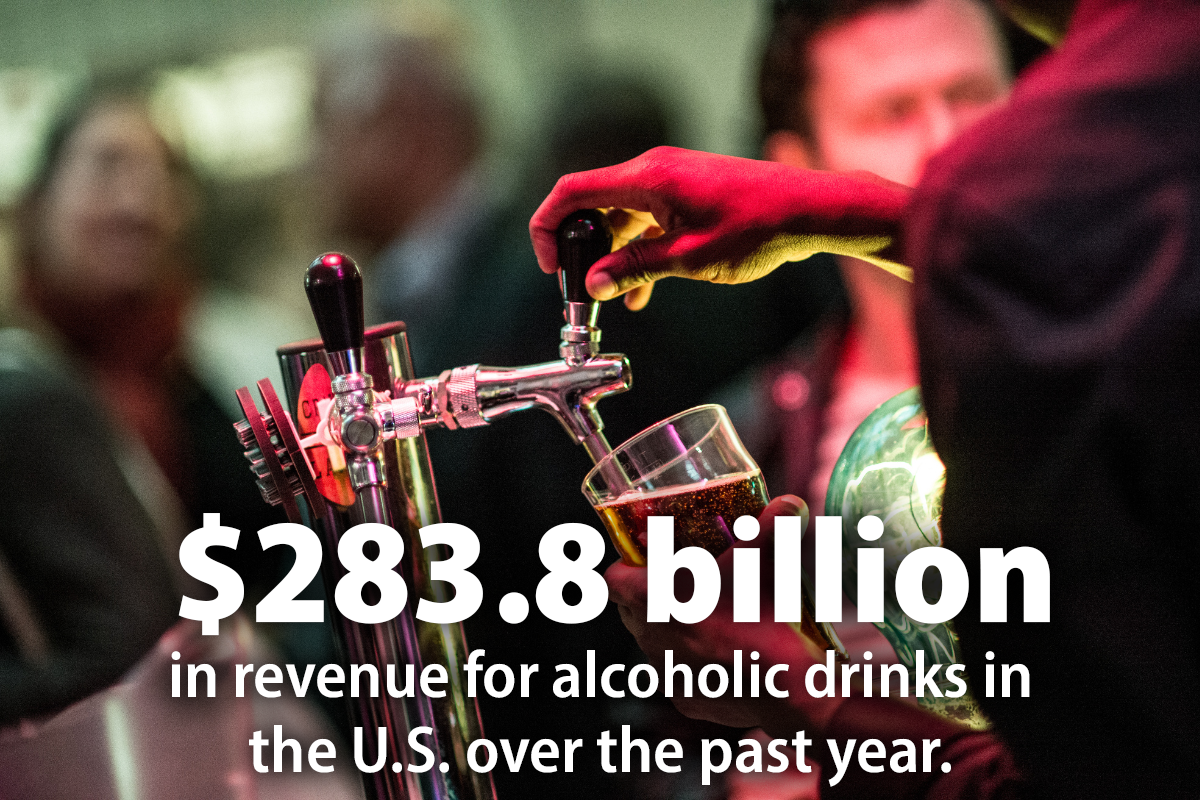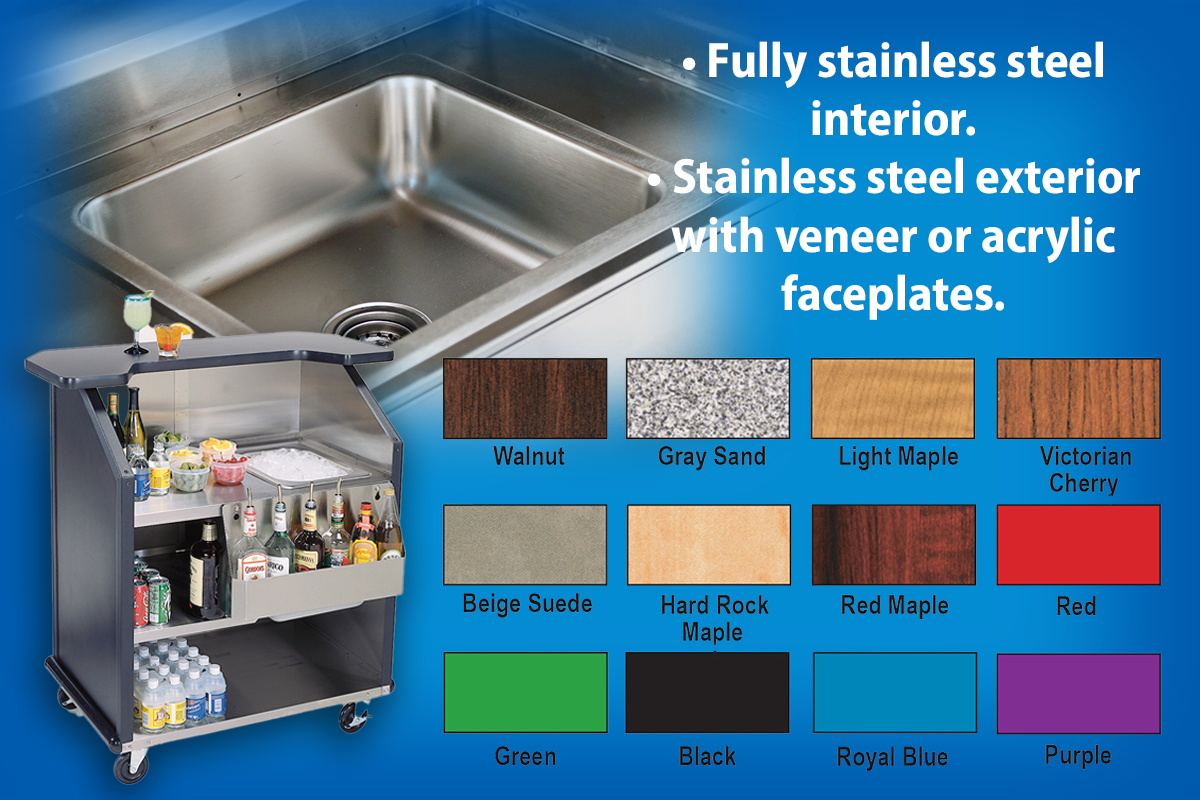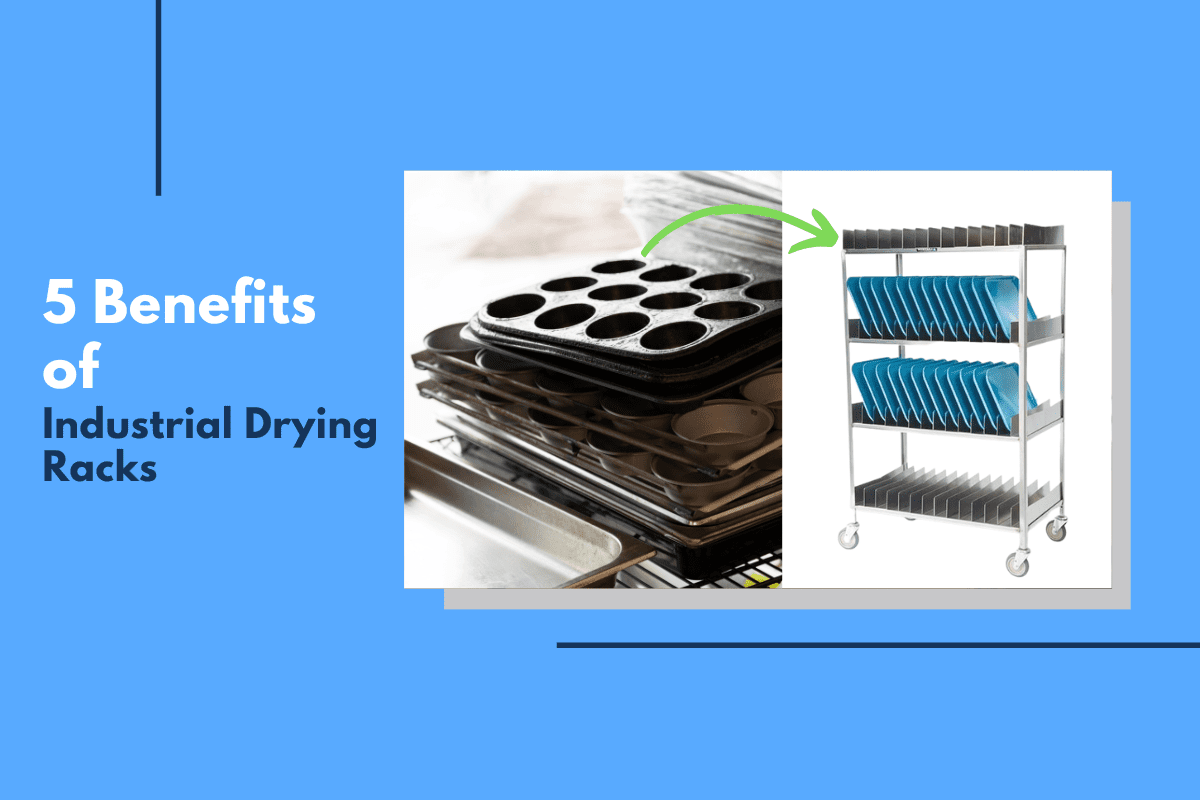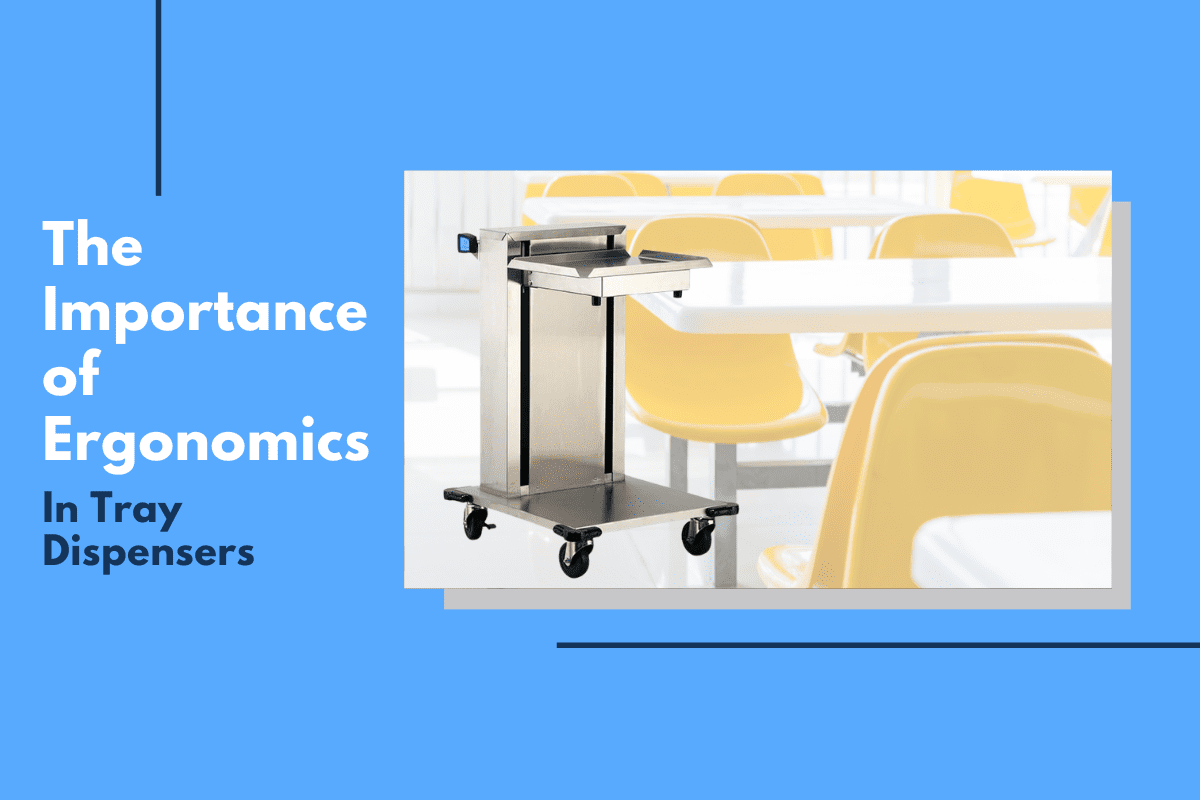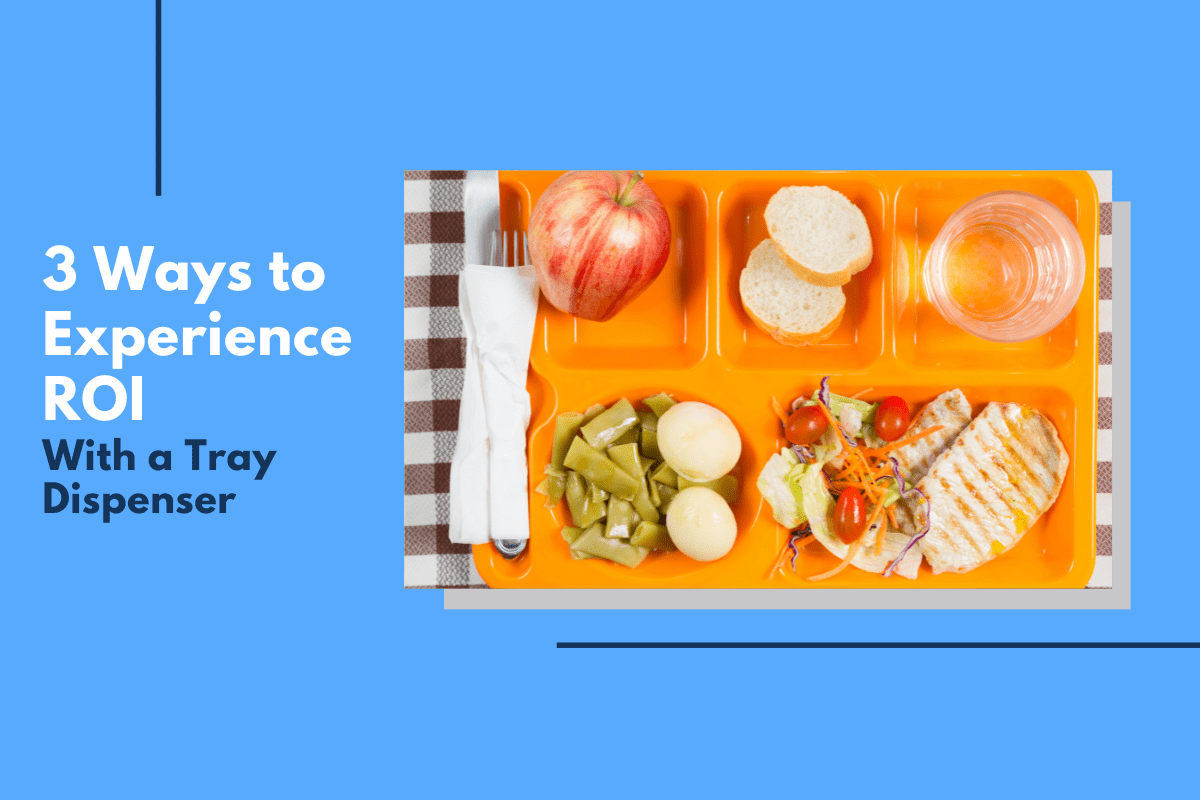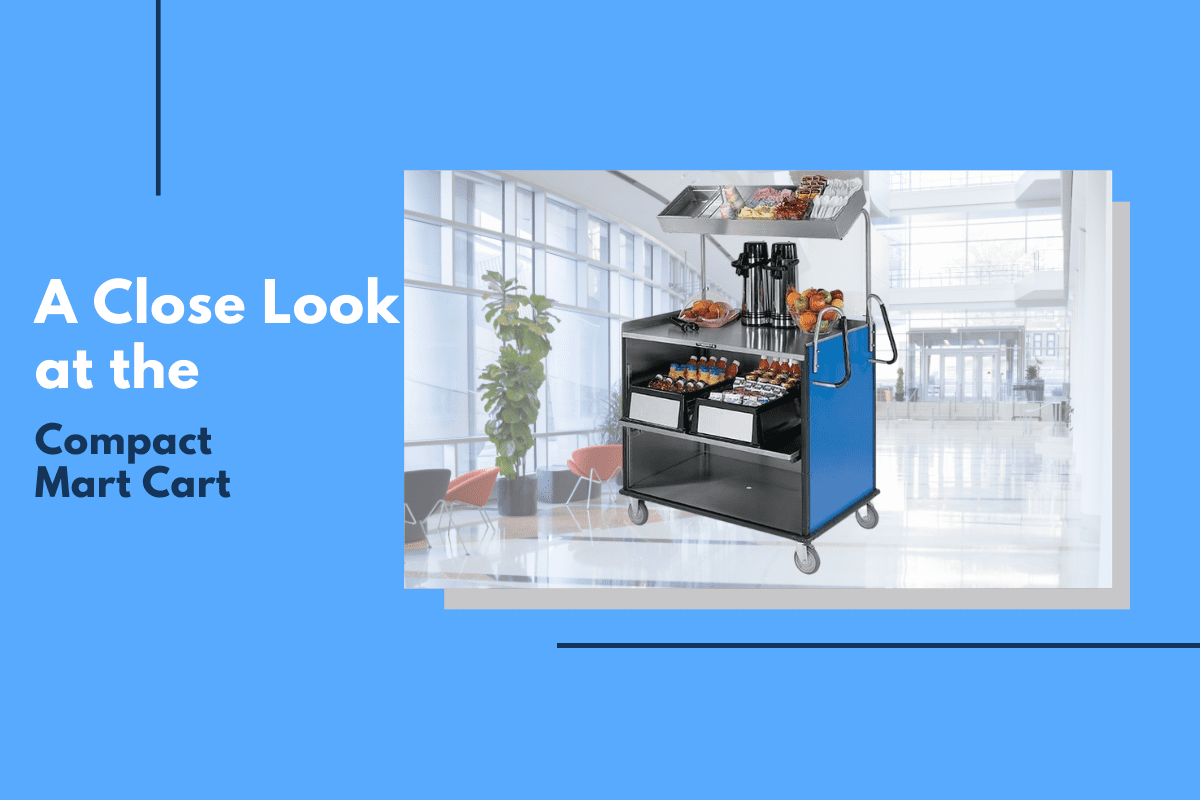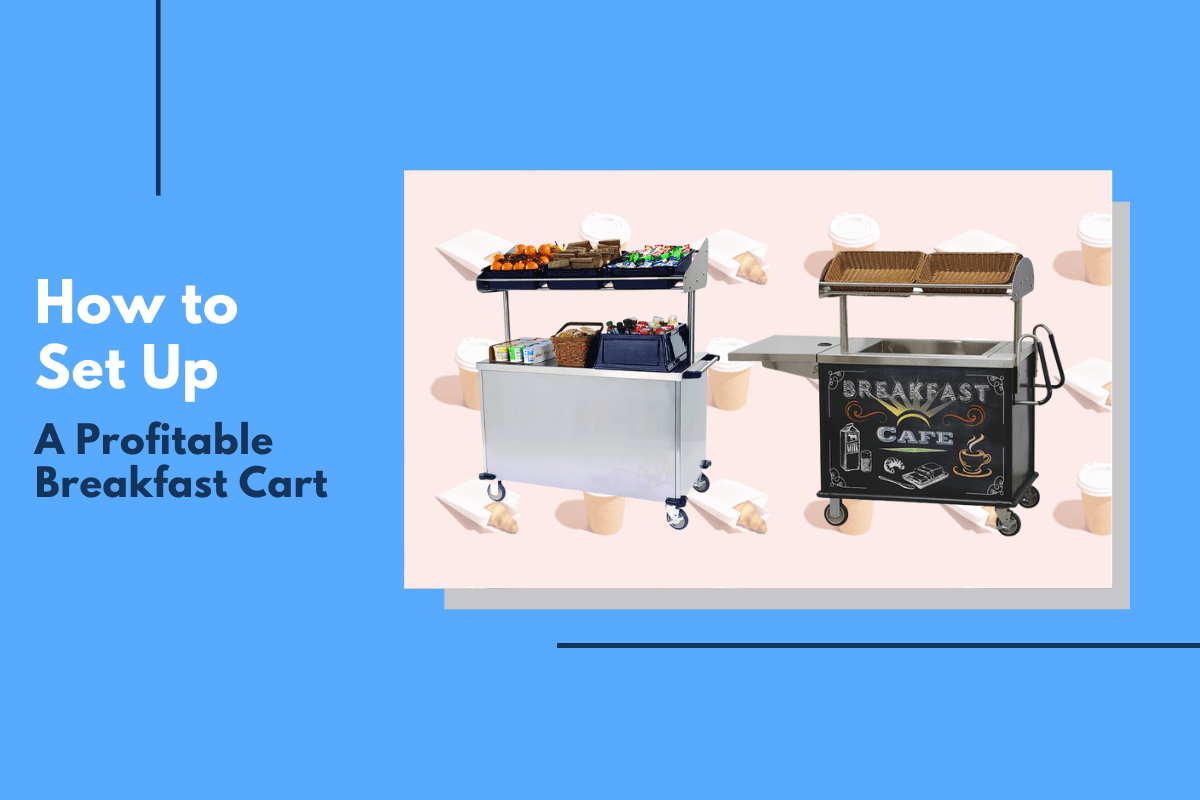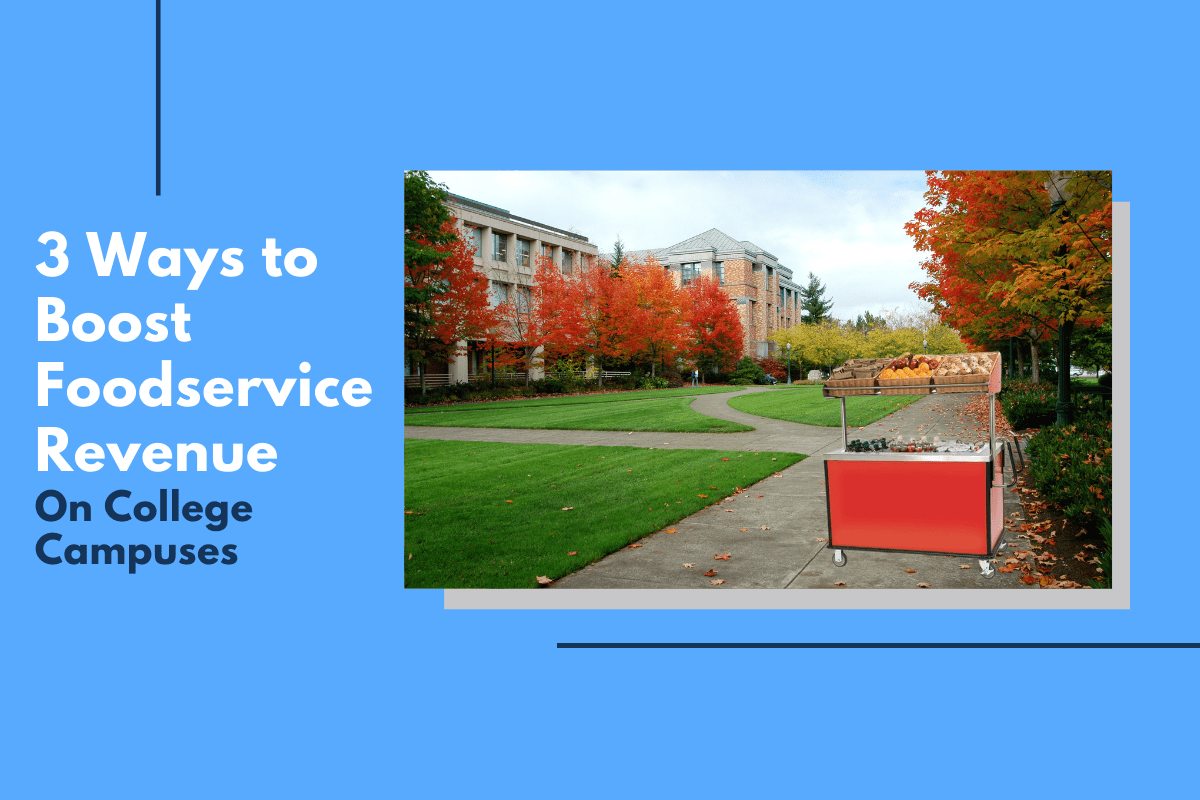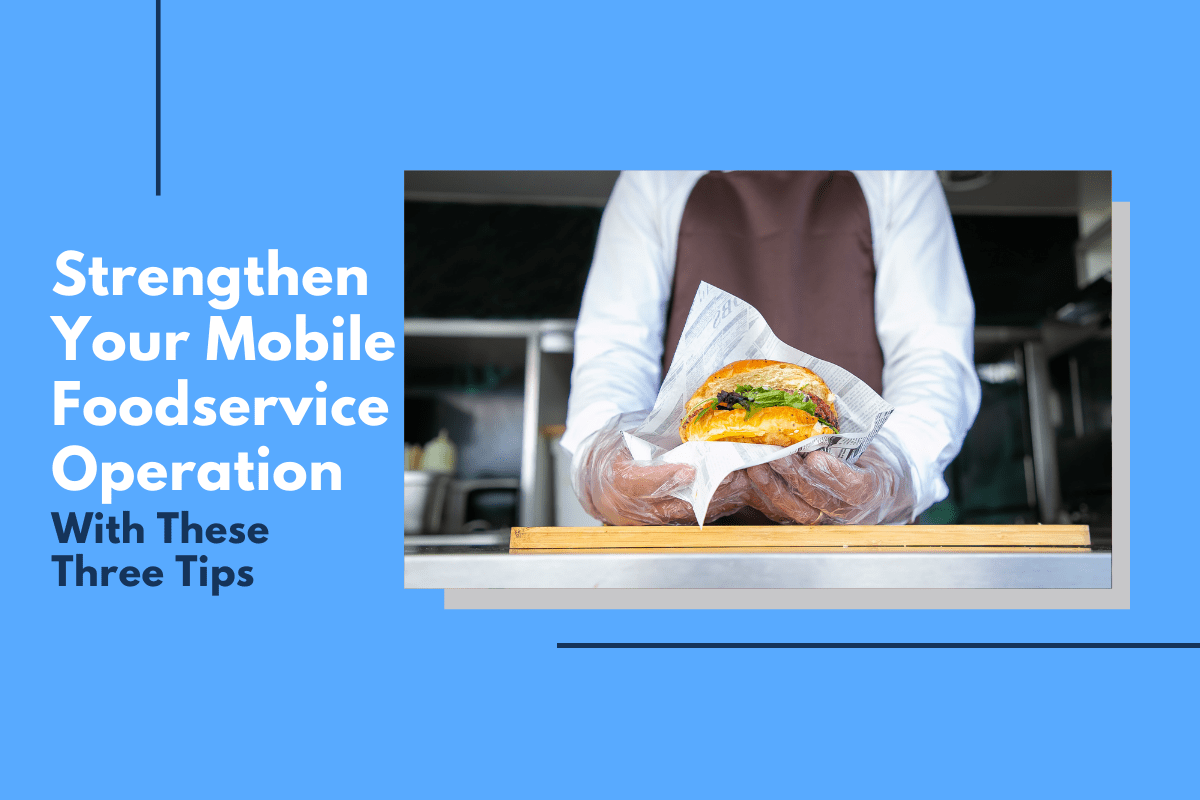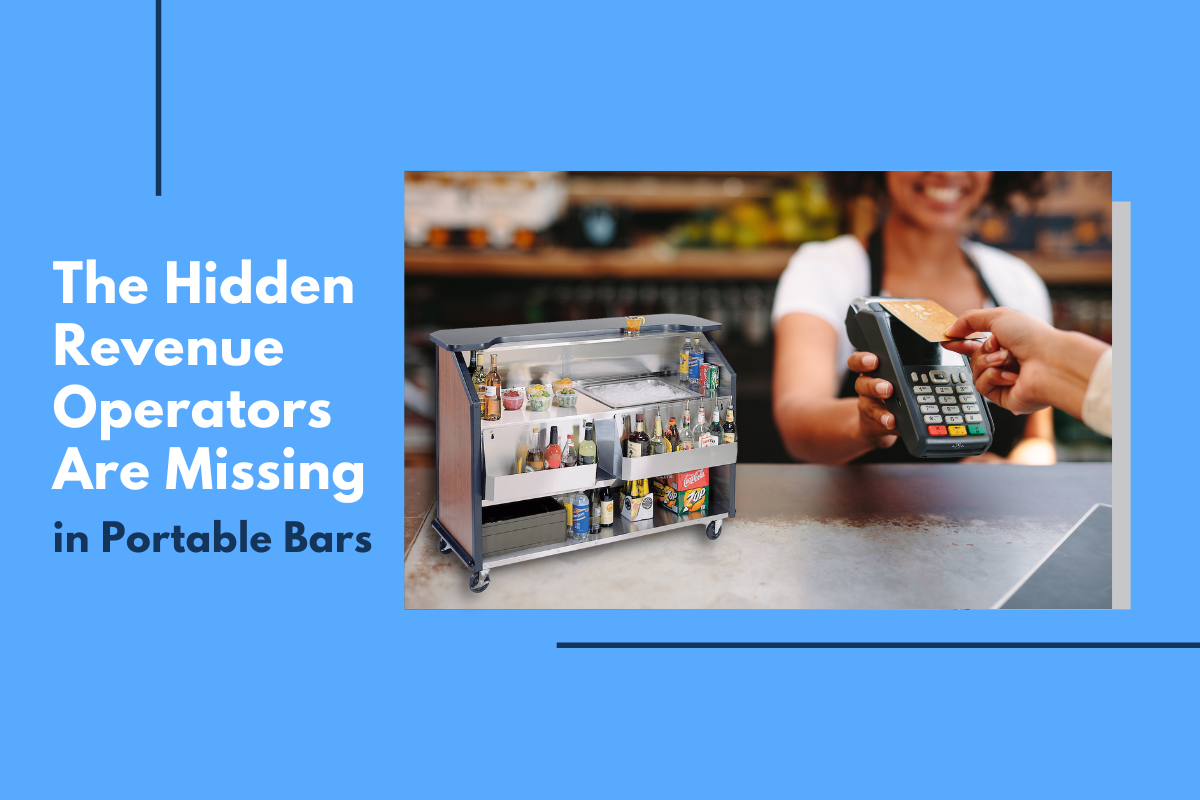
Alcoholic Beverages = BIG BUCK$$$
If for a second you think there isn’t much revenue being made in the alcoholic beverage industry and from portable bars, then think again.
Over the past year, revenue for alcoholic drinks in the U.S. equated to…
- A whopping $283.8 billion with…
- An expected annual growth rate at 5.55% over the next four years.
What can possibly stop this? Wait, hold the phone…
Okay, alcohol consumption might not be for everyone, and that’s respectable, but there’s no denying the incredible value someone can reap by investing in the alcoholic beverage industry.
From bars to weddings, hospitality to house parties, the options for an operator to turn dreams into profits is endless.
So, how can a new operator who enters this industry get a jump start on the competition?
With the versatility of portable bars and back bars!
You see, with a portable bar at an operator’s side, mobility is possible across a variety of segments which helps drive profits.
Ready to uncover the true value portable mobile bars and back bars bring to an operator’s operation? Let’s go!
Compact with Many Features!
When talking about things that pack a punch and make an impact in a compact size, go no further than the abilities of a party pleaser portable bar and back bar. Operators can experience the perks of…
- Spacious speed rails that can hold up to seven bottles of liquor at a time.
- Heavy duty ice bins that can hold and keep dozens of pounds of ice cold.
- Drains attached to ice bins for easy cleaning of liquids.
- A wide stainless steel workstation for handling drinks and glassware.
Portable curved bars and back bars can do all of this without taking up a massive portion of space such as conventional bars do.
Transport Anywhere!
The key to success for an operator when operating a portable mobile bar is having the ability to serve anywhere, any place, at any time. Reaching a broader audience of potential customers should be the number one priority with a portable curved bar or back bar. Let’s briefly touch on the versatile mobility of operating a Geneva portable bar or back bar…
- Ability to reach a wide range of people at weddings and networking events.
- Stainless steel dolly and non-marking casters provide smooth maneuverability across rough surfaces.
- Multiple brakes on casters offer unmatched stability.
With the rise of mobile bartending valued at $16 billion in 2022, having an easy to move bar is critical in maximizing profits. It is also critical to note that size does matter! At Geneva, we offer models in the sizes of 5-ft., 6-ft., and 8-ft. Four casters come standard on both the 5-ft., and 6-ft. models, while six casters come standard on our 8-ft. models.
Long-Lasting Construction and Attractive Appearance
The true value in a portable bar and back bar is its long-lasting durability. A party pleaser portable bar or back bar that holds up year after year for several decades is quite the return on investment. It also needs to look its best too to enhance comfort among thirsty customers. When it comes to helping an operator choose the perfect portable mobile bar or back bar, here’s the interior and exterior options they will need to consider that Geneva offers on several of its models…
- Interior: Fully stainless steel, stainless steel workstation with plywood interior.
- Exterior: Stainless steel, laminate, veneer over plywood or acrylic faceplates.
- Finishes: Antique Cherry, Golden Pecan, Puritan Pine, Red Mahogany and so many more!
Help Operators Drive Revenue with Portable Bars
Lakeside and our family of Geneva products specialize in portable and mobile food and beverage serving solutions that make work not only easier for the staff of operators, but more profitable across several segments. It’s time to help that ambitious operator capitalize and set the bar in the alcoholic beverage industry with our wide portfolio of portable bar and back bar solutions by clicking ‘Set the Bar with Geneva’.

